Investment treaty to top China-US S&ED agenda, doable under Obama administration
Updated: 2015-06-22 10:36
(Xinhua)
|
||||||||
"The US has successfully in the past segregated economic issues from political issues," Posen said, "We have areas of difference. We have areas of common interests. The BIT is in both countries' interests."
"The Senate tends to be more mature in dealing with these issues than the House," Posen said, adding that's why the US Constitution stipulates foreign treaties should be approved by the Senate instead of the House.
Talks on the investment treaty began in 2008 as both countries sought to increase mutual investment, which only accounted for a tiny share of their respective overseas investment.
The US and China have less than a 5 percent share of investment in each other's markets, according to the US-China Business Council. "Since these are the two largest economies in the world, that means there is significant room for growth," the business association said.
The investment treaty is expected to continue to expand two-way trade and investment and cement the foundation of China-US economic ties.
"Naturally the negotiation will take time, but it has already sent a very clear message to both countries and the wider international community that China-US business ties will get even closer and put the overall China-US relationship on a more solid footing," Chinese Premier Li Keqiang said of the BIT talks at a press conference in March.
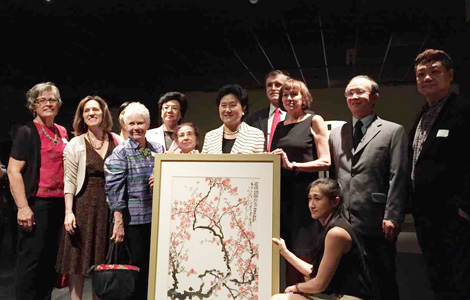
 Liu visits Houston Museum of Natural Science
Liu visits Houston Museum of Natural Science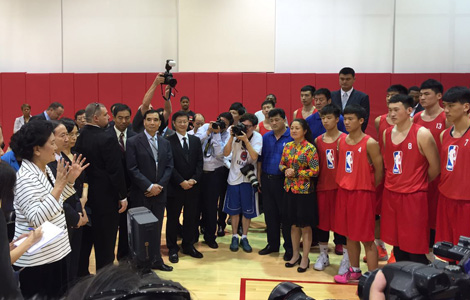
 Liu meets Tsinghua Youth team in Houston
Liu meets Tsinghua Youth team in Houston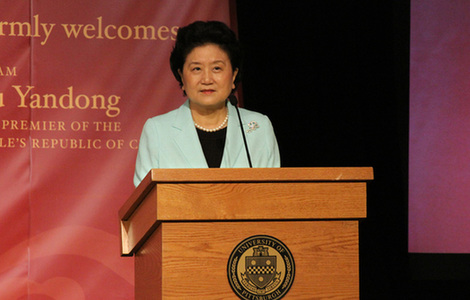
 Liu visits CI in Pittsburgh
Liu visits CI in Pittsburgh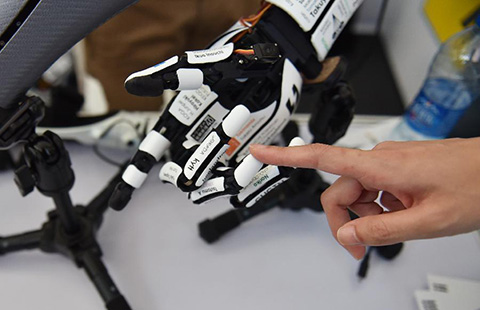
 Shenzhen Maker Week kicks off
Shenzhen Maker Week kicks off
 Chinese wrap up Zongzi to mark upcoming Dragon Boat Festival
Chinese wrap up Zongzi to mark upcoming Dragon Boat Festival
 A Chinese Garden in a Sister City
A Chinese Garden in a Sister City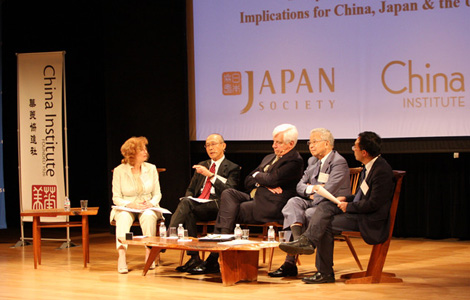
 Across America over the week (June 12-18)
Across America over the week (June 12-18)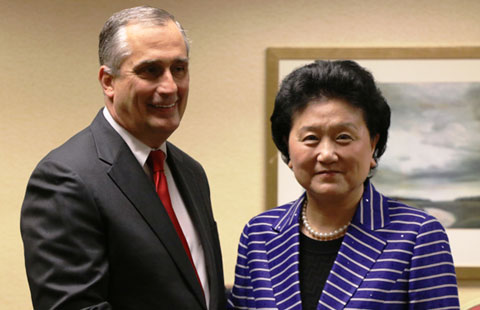
 Liu meets Intel CEO
Liu meets Intel CEO
Most Viewed
Editor's Picks

|

|

|

|

|

|
Today's Top News
Tsinghua students flying high
Chinese Premier emboldens state firms' int'l industrial cooperation
CI in Pittsburgh welcomes
vice-premier
Sichuan and Pittsburgh unveil
new school
Russia, China do not form blocs against anyone: Putin
More than 'greet'
and 'meet'
Liu Yandong meets
Pittsburgh mayor
Innovation competition marks 10th anniversary
US Weekly

|

|





